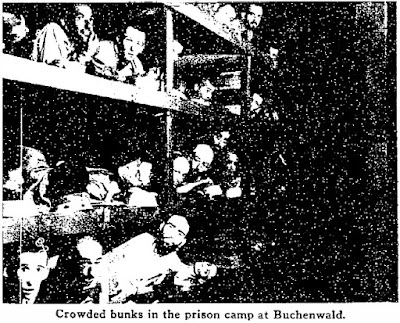It is rather like deciding on having
dinner at a Japanese restaurant and finding that the menu is in Japanese only, and
the waiter does not speak a word of English. Total bewilderment. It is quite
some time that I bought these two books of nudes. I suppose at the time I was
fascinated by the exotic quality of the books rather than the artistic quality of the photographs , or the women portrayed. In
later Japanese editions there is usually something to go by, a date, a
publisher, but here there was no clue whatsoever. Japanese characters, an
obscure stamp pasted in, but nothing identifiable. I vaguely remembered the
book had some sort of instructional title, ‘How to …’, which seemed to be borne
out by a number of diagrams and drawings clearly intended for
artistically-minded amateurs with an understandable ambition to create of book
of nudes of their own.
But who took these pleasant, but
harmless pictures? Not a clue. Fortunately, there are always the experts. I had
a faint recollection of buying a book at an American bookshop specializing in
Japanese photobooks, and after a couple of misspellings I traced them: Mikitimi
Books & Prints. Perhaps they could help me out on this mysterious
photographer. And they could, for there they were, my Nippon nudes, complete with
dustjackets and all: Rafu no utsushikata [‘How to
Photograph Nude Women’], and Zoku rafu no utsushikata [‘How to
photograph nude women again’], by Kira Sugiyama, published in 1950/51. Both
books are described as ‘historically important’.
As a rule, the phrase ‘historically
important’ is a way of damning by faint praise. It implies that these
photographs may have been considered groundbreaking at the time, but that to more
modern standards they have little to recommend them. And there is some truth in
that. The models are frolicking about in nature, their bodies retouched in
vital spots, radiating innocence and happiness. It is only very rarely that the
photographer ventures out into slightly more experimental approaches. To
appreciate these pictures, we must be prepared to view them in a historical
perspective, abandoning more contemporary notions of artistic quality. Bertolotti,
in his standard work Books of Nudes, suggests that these
photographs were modelled on the American pin-ups pf the 1950s and on
photographs taken by André de Dienes in France for the Nus albums at the same
time. My esteemed colleagues of Mikitimi Books, to whom I owe so much here,
even speak of ‘sixty-year-old nostalgia from the ‘Dienes of Japan’. But again,
if a sense of nostalgia is a prerequisite for appreciating these pictures, it
will be clear that these volumes, exotic as they may be, are of interest
chiefly for the historians of modern photography. But, of course, there is a good deal to be said for that as well.



















